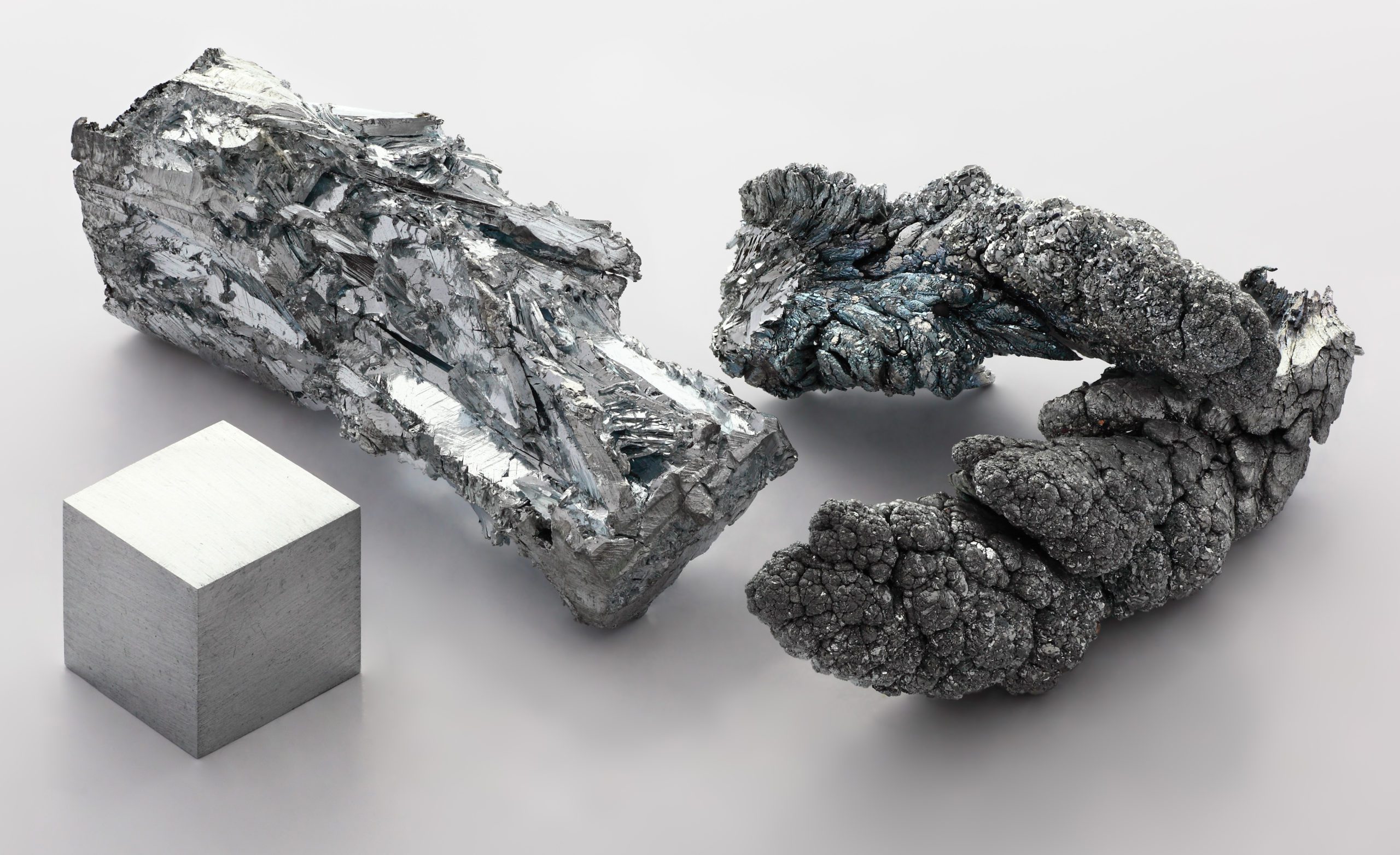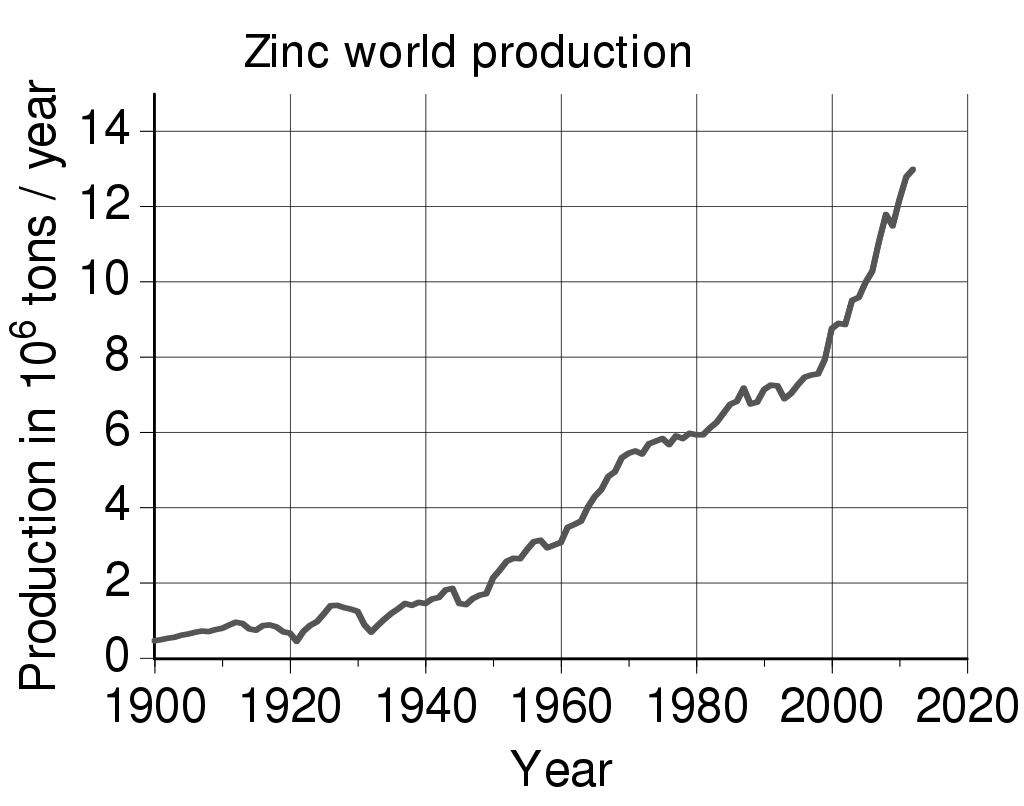The death of hulk hogan and connections to our terrain collapse hypotheses
There are several compelling threads: 🧬 Redox Collapse & Metal Extraction Hogan underwent multiple spinal surgeries, including fusion procedures. These often involve metal implants (titanium, cobalt-chrome), which can disrupt local redox balance and trigger inflammatory cascades. In our frame
HFE H63D & VO2 max
SMOKE EM IF YOU GOT EM The HFE H63D is a single-nucleotide polymorphism in the HFE gene (c.187C>G, rs1799945), which results in the substitution of a histidine for an aspartic acid at amino acid position 63 of the HFE protein (p.His63Asp). HFE participates in the regulation of iron absorption.
Thermolysin – The Tiny Terminator of Plasma Proteins!
Both thermolysin and snake venom metalloproteinases (SVMPs) share a similar mechanism of action, utilizing zinc ions to hydrolyze peptide bonds in proteins
DMT1 aka DCT1 and NRAMP2
Natural resistance-associated macrophage protein 2 (NRAMP 2), also known as divalent metal transporter 1 (DMT1) and divalent cation transporter 1 (DCT1), is a protein that in humans is encoded by the SLC11A2 (solute carrier family 11, member 2)
Albumen prints and egg whites…all the rage back in the day…and a few other things
The albumen print, also called albumen silver print, was published in January 1847 by Louis Désiré Blanquart-Evrard, and was the first commercially exploitable method of producing a photographic print on a paper base from a negative. It used the albumen foun
Ectodomain Shedding & Sheddases & a whole bunch of Adams
An ectodomain is the domain of a membrane protein that extends into the extracellular space (the space outside a cell). Ectodomains are usually the parts of proteins that initiate contact with surfaces, which leads to signal transduction. A nota
Big Page of Hazel
The oldest confirmed hazel species is Corylus johnsonii found as fossils in the Ypresian-age rocks of Ferry County, Washington, USA
Zinc, maybe
No proof for the need of zinc in human cells was shown until the late 1930s. More than most ever wanted to know about zinc. A work in progress.
The trefoil knot fold is a protein fold in which the protein backbone is twisted into a trefoil knot shape
“Shallow” knots in which the tail of the polypeptide chain only passes through a loop by a few residues are uncommon, but “deep” knots in which many residues are passed through the loop are extremely rare. Deep trefoil knots have been found in the SPOUT superfamily. 
Fibroin is an insoluble protein present in silk produced by numerous insects
Fibroin is an insoluble protein present in silk produced by numerous insects, such as the larvae of Bombyx mori, and other moth genera such as Antheraea, Cricula, Samia and Gonometa. Silk in its raw state consists of two main proteins, seri
Phytoremediation is the use of green plants and the associated microorganisms to remove or render harmless toxic environmental contaminants
Phytoremediation technologies use living plants to clean up soil, air and water contaminated with hazardous contaminants. It is defined as “the use of green plants and the associated microorganisms, along with proper soil amendments and agronomic techniques to either contain, remove or ren
Phytoextraction is the removal of dangerous elements or compounds from soil or water by plants
Phytoextraction is a subprocess of phytoremediation in which plants remove dangerous elements or compounds from soil or water, most usually heavy metals, metals that have a high density and may be toxic to organisms even at relatively low concentrations. The heavy metals that plants extract are
Cupronickel or copper-nickel (CuNi) is an alloy of copper that contains nickel and strengthening elements, such as iron and manganese
The copper content typically varies from 60 to 90 percent. (Monel is a nickel-copper alloy that contains a minimum of 52 percent nickel.) Despite its high copper content, cupronickel is silver in colour. Cupronickel is highly resistant to corrosion by salt water, and is therefore used for piping,
Heme metabolic intermediates
(porphyrin biosynthesis and heme degradation/excretion) and various other notes
Hephaestin, first identified in 1999 is homologous with ceruloplasmin
Named after Hephaestus, the Greek god of metal working
Ceruloplasmin carries more than 95% of the total copper in healthy human plasma and in addition plays a role in iron metabolism. It was first described in 1948.
Ceruloplasmin (or caeruloplasmin) is a ferroxidase enzyme that in humans is encoded by the CP gene. Ceruloplasmin is the major copper-carrying protein in the blood, and in addition plays a role in iron metabolism. It was first described in 1948. Another protein, hephaestin, is noted for it











